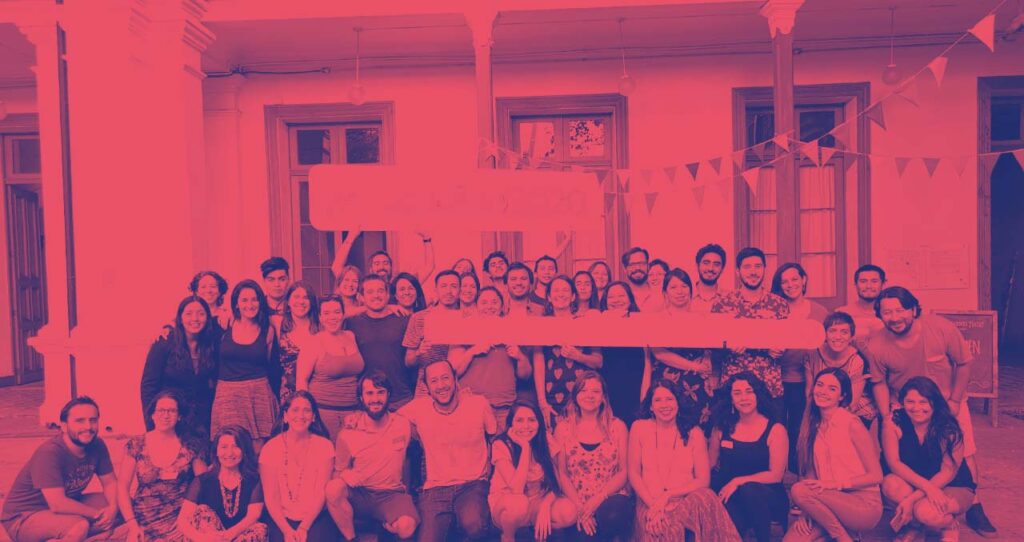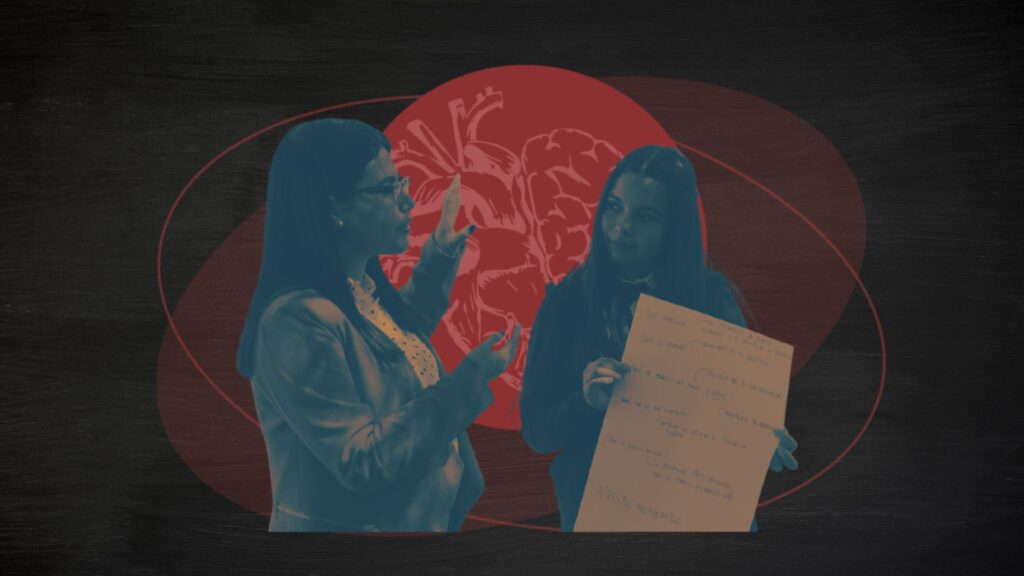Strengthening Strategic Communication among Ocean Conservation NGOs
2021
Client
Mingamar

About the Mingamar Programme
Mingamar: Aprendiendo en Comunidad is an initiative that began in 2019 with the goal of strengthening civil society organisations dedicated to marine and coastal conservation in Latin America. Its core objective is to amplify the impact of these organisations by fostering collaborative networks and enhancing key organisational capacities.
Participation is voluntary and grounded in cultural, territorial, and organisational relevance. The programme initially engaged grantees of the Walton Family Foundation, David and Lucile Packard Foundation, and Marisla Foundation, promoting collective learning and sector-wide cohesion.
Course Objective
As part of the Mingamar programme, I was invited to co-design and facilitate the course “Comunicación con Estrategia y Sentido” (Communication with Strategy and Meaning). The course was created to:
“Strengthen participants’ capacity to communicate strategically from a solid organisational narrative and a comprehensive understanding of their audiences.”
This course addressed a common challenge among marine-focused NGOs: how to communicate their mission effectively and authentically in order to engage communities, influence policy, and increase visibility in a complex communication landscape.
A total of 14 organisations participated in Comunicación con Estrategia y Sentido, including Terram, Oceana, Oikonos, WWF Chile, CODEFF, and FIMA. This course received one of the highest participant evaluations within the Mingamar programme and was valued for its practical structure and relevance. After the course, several organisations received individual mentoring to further develop their strategies and address specific communication challenges.
Course Design
Course Design: Ports of Learning
The Role of the Bitácora de Viaje
A key feature of the course was the Bitácora de Viaje, a practical learning journal that accompanied participants throughout the training process. It served as a space for reflection, documentation, and applied learning, enabling each organisation to tailor the course content to its own context.
By the end of the course, each participant had built a working draft of a strategic communication plan that was relevant to their mission and audience.
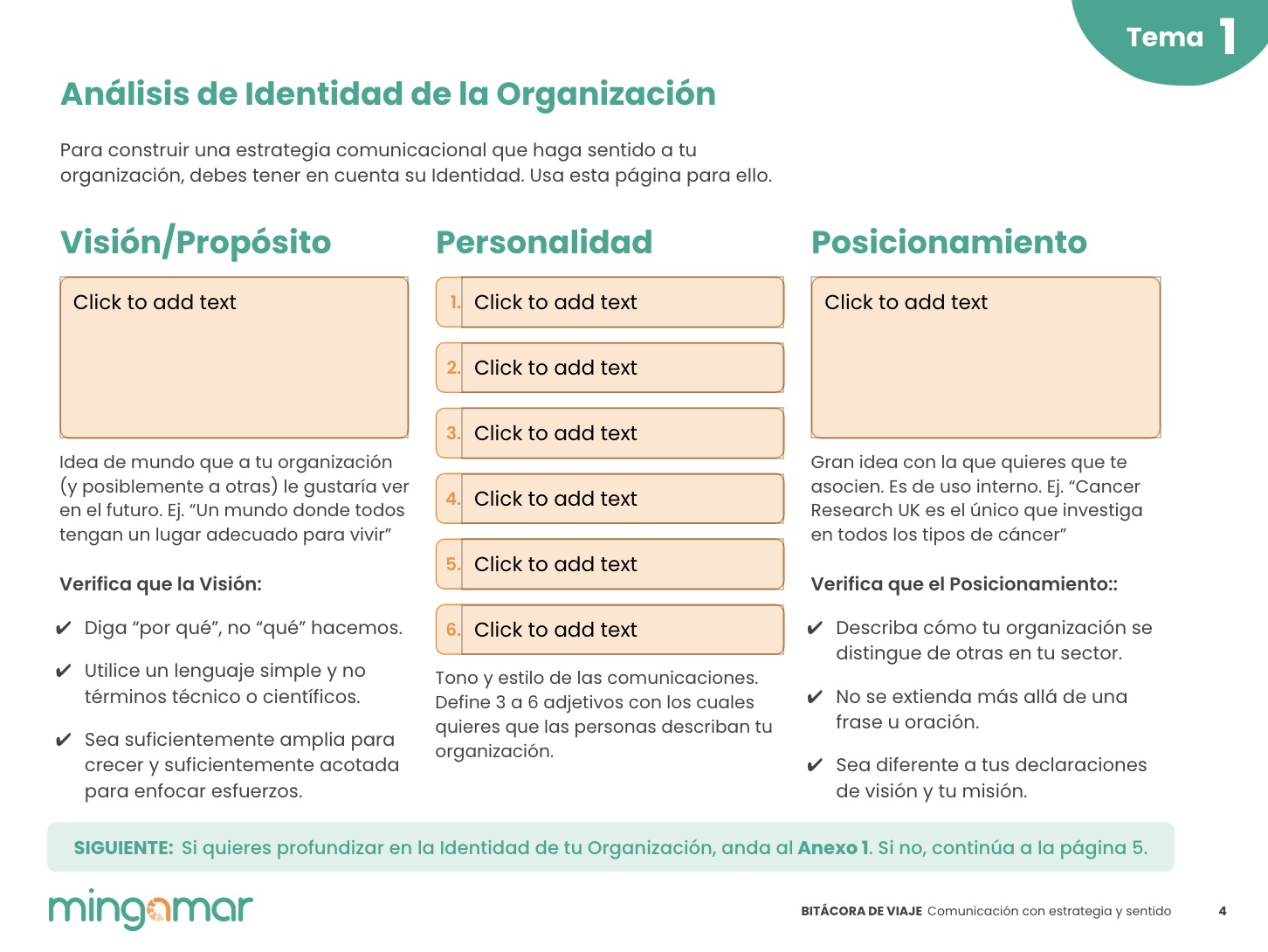
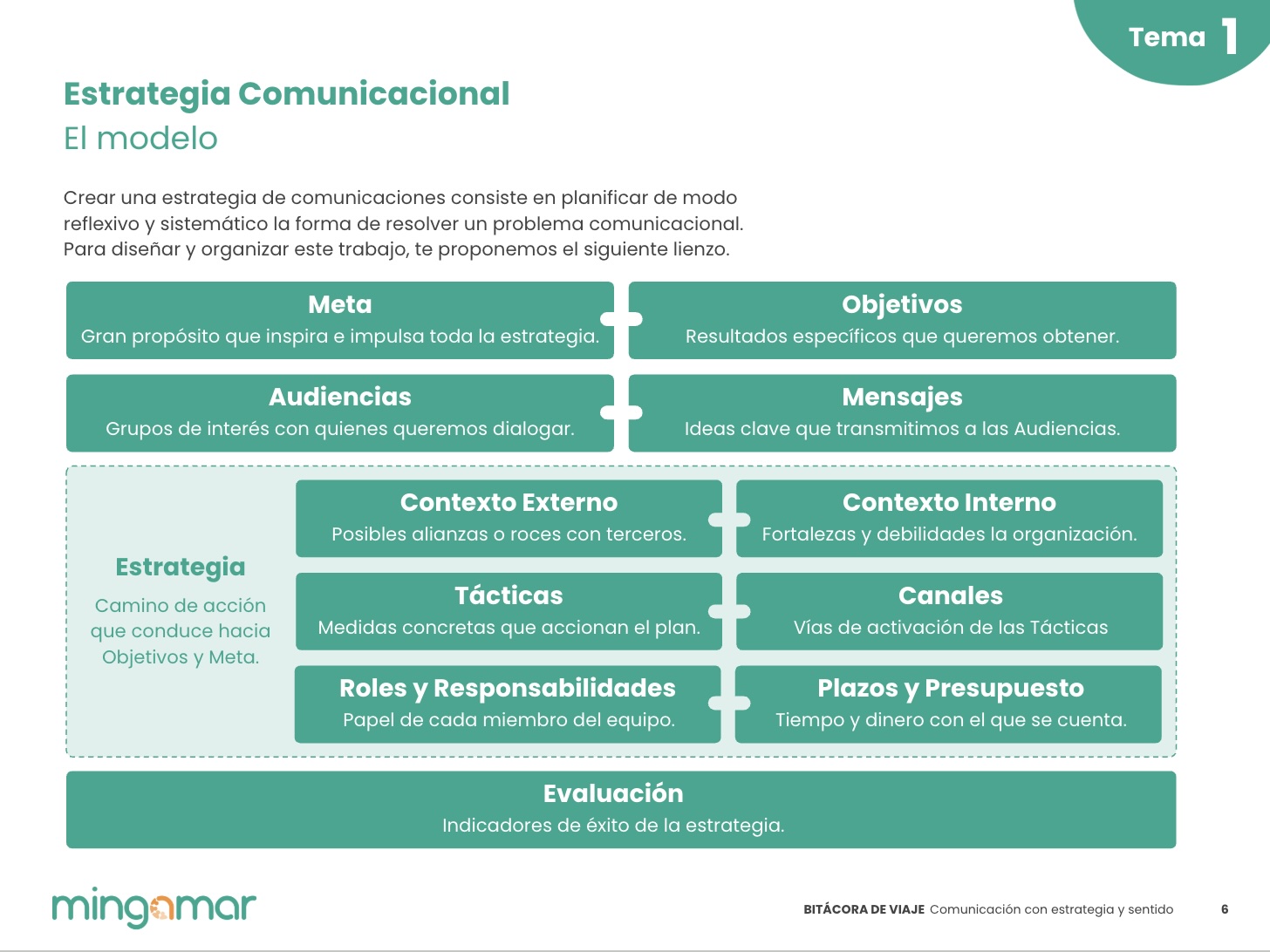
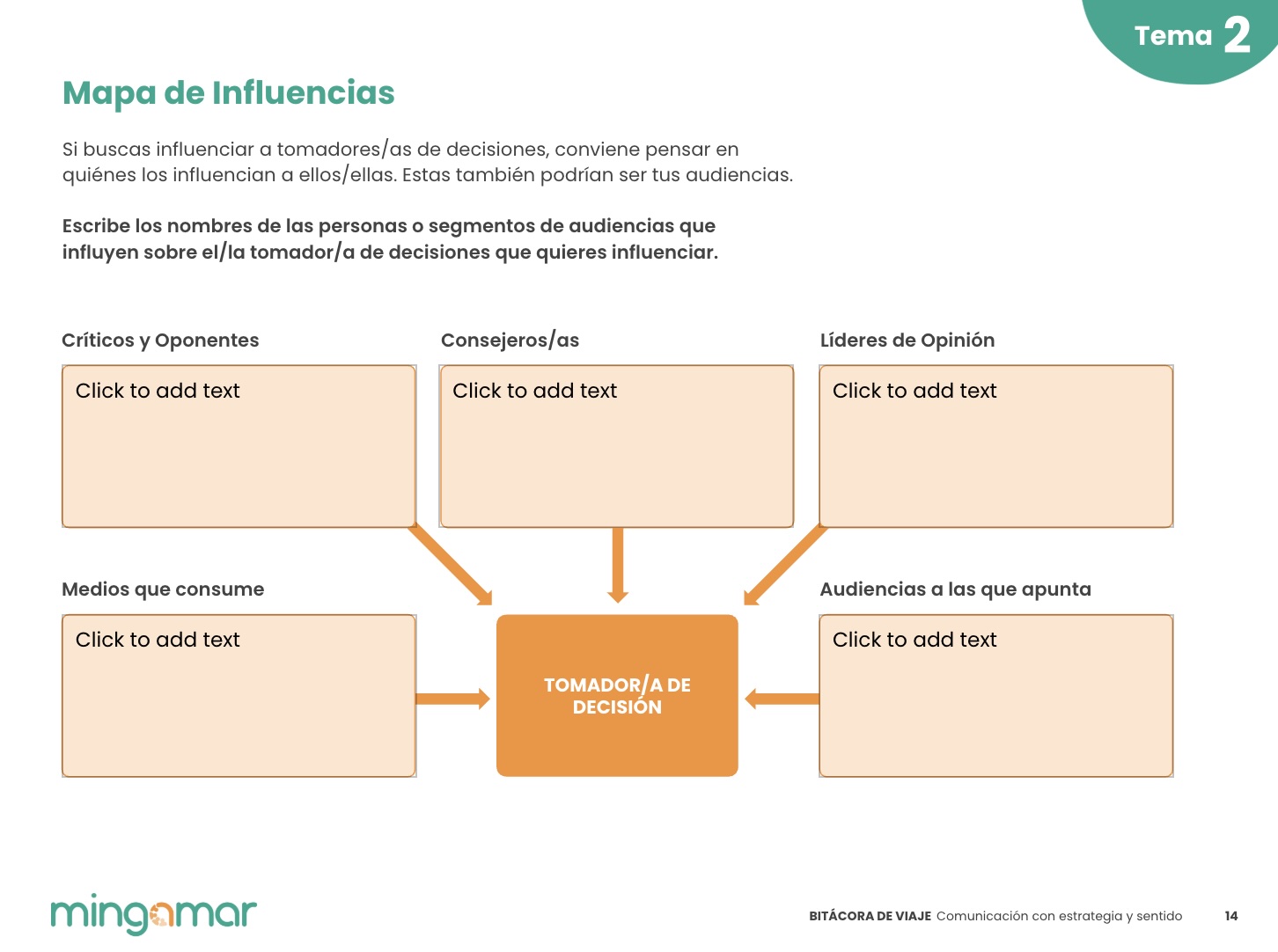
Results and Impact
- Tangible Outputs: Participants created practical communication strategies tailored to their current organisational challenges.
- Skill Building: Attendees improved their skills in audience engagement, storytelling, and digital communication.
- Network Strengthening: The course fostered trust, collaboration, and shared language among participating organisations.
- Continued Application: Many organisations continued using the Bitácora as a reference tool for campaign planning and internal discussions.
- Expanded Support: Several participants received mentoring support after the course to help implement their strategies more deeply.
Mentoring and Organisational Reflections
The mentoring phase provided space for more focused and hands-on support. One particularly impactful experience involved working with FIMA, an environmental law organisation. The team adopted new approaches such as user experience thinking and Design Thinking to improve how they communicated about their projects.
“As a team, we’re grateful that you showed us there was another way to approach things, especially in a field that was completely unfamiliar to us.”
— Antonia Berríos, FIMA“The method we identified to redesign the project was Design Thinking, which is a flexible system for evaluating, prototyping, and testing ideas. It helps you empathise with users and generate ideas that might have been outside our initial range of solutions.”
— Antonia Berríos, FIMAThe team began applying the concept of user experience meaningfully and correctly, using it as a foundation for project planning.
“Small adjustments can have a major impact on the user experience. If the user cannot even access the content, then it loses its purpose.”
— Constanza Dougnac, FIMA
The mentoring process showed how simple, well-targeted tools introduced during the course could spark real shifts in mindset, vocabulary, and practice.
Facilitator Reflections
One of my main takeaways as a facilitator was how much organisations value clear, accessible frameworks to help them structure their communication efforts. Many teams face challenges in making their work understandable and compelling to audiences outside their immediate networks.
Designing a course for participants without formal communication training was both challenging and rewarding. The practical focus, grounded in their own projects and organisational realities, made the content feel immediately useful and relevant.
Because the training was held virtually, we prioritised designing highly engaging, interactive sessions that included a mix of formats and rhythms to keep energy and focus throughout. The involvement of the Mingamar team was key to ensuring a supportive learning environment that respected participants’ time, knowledge, and experience.

